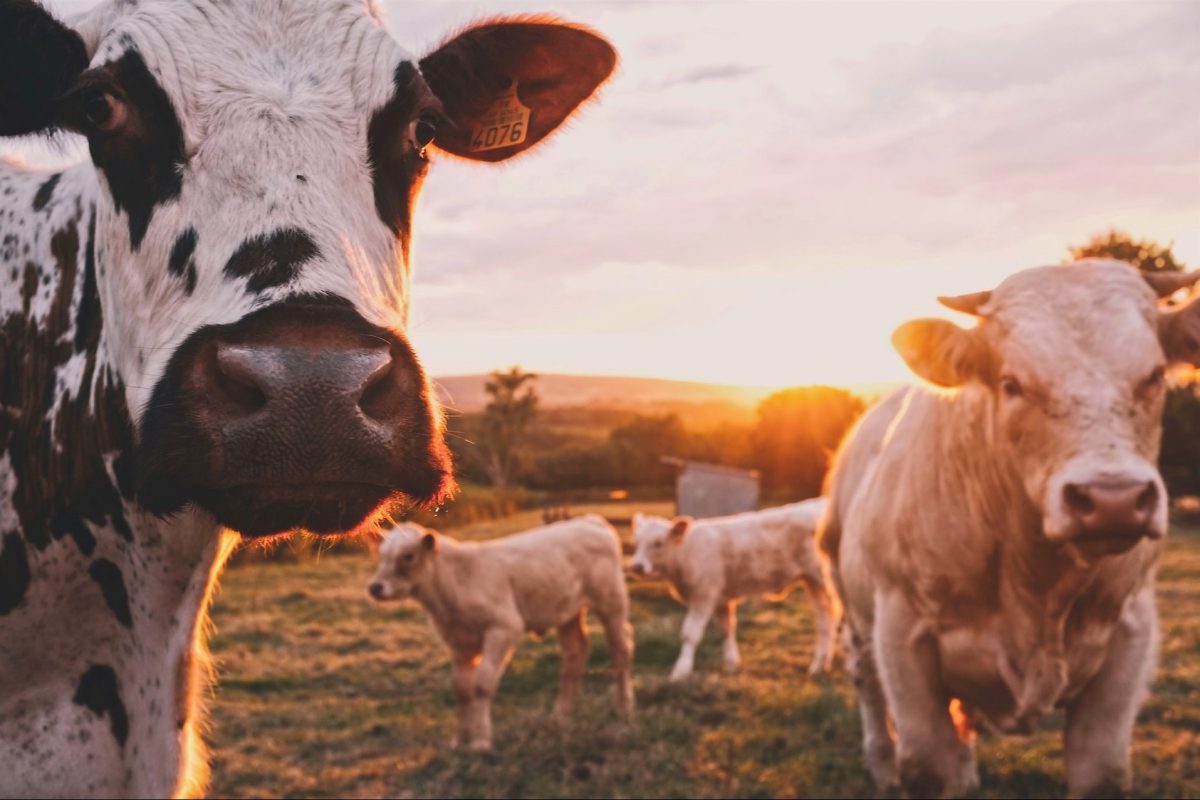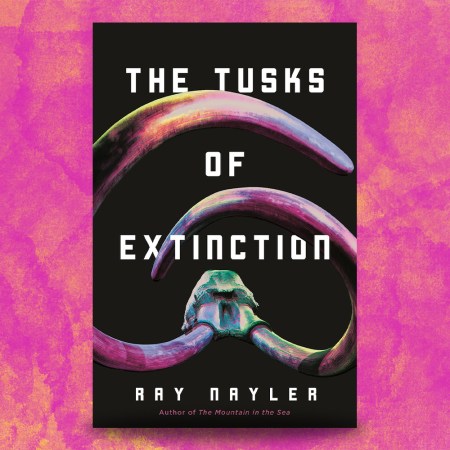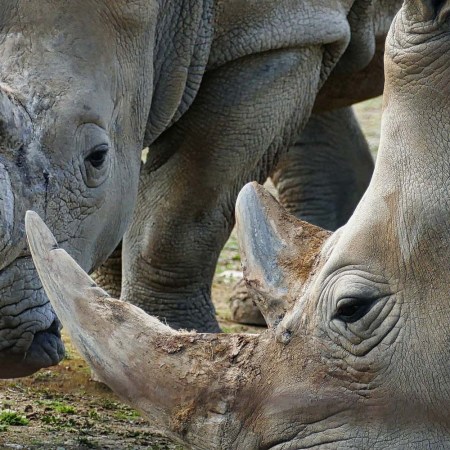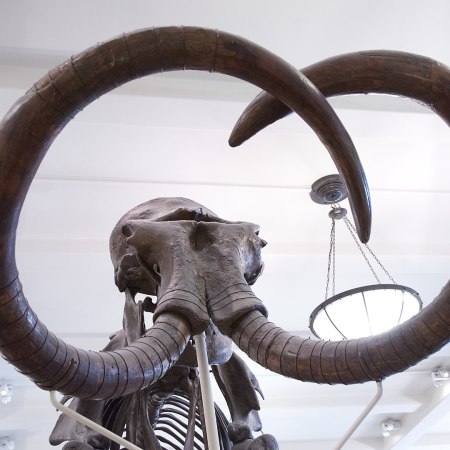Consider, for a moment, the idea of a mass extinction. What do you generally associate with the causes of such an event? Natural disasters come to mind, as does extensive pollution — it’s not hard to inexorably associate human beings with the root causes of mass extinction. But a mass extinction in California has a different culprit, and it’s one that says, “Moo.” Can cows be the engine of ecological catastrophes? Evidently, the answer is a resounding yes.
At Atlas Obscura, Jack Tamisiea has the story of how cows wreaked havoc on Southern California’s beaches and waterways. Tamisiea describes “a narrow band of mostly empty continental shelf that stretches some 250 miles along the coast” where only invertebrate scavengers roam.
Scientists Susan Kidwell and Adam Tomašových delved into the matter — in this case, literally. As they looked into the sea floor, they noticed that a very different ecosystem had thrived there for thousands of years. One hundred and fifty years ago, things changed dramatically.
As they researched the region’s history, they recalled the fact that Spanish missionaries had brought livestock with them to California in the 1770s. As more cows (as well as horses) made the region their home, the more sediment headed towards the ocean — transforming the ecosystem there. Cows might not come to mind as a sinister environmental force, but for the creatures whose habitat was wiped out 150 years ago, that’s precisely what they are.
Thanks for reading InsideHook. Sign up for our daily newsletter and be in the know.


















